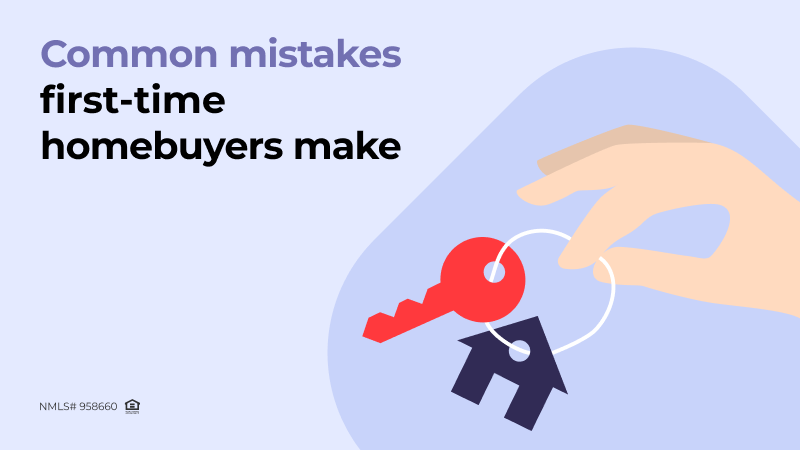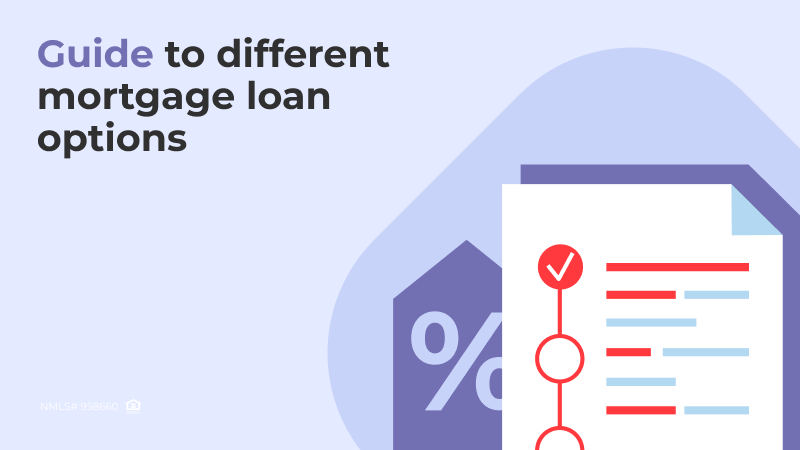
Imagine that you’ve taken out a loan to buy a home and, as a responsible homeowner, you’ve purchased a homeowner’s insurance policy to protect your property in the event of fire, theft, or other disasters and to give you peace of mind. But one day, you receive a notice from your lender that there’s a problem with your homeowner’s insurance policy. They tell you they’re going to force-place coverage on your home. You’re facing force-placed insurance, also known as lender-placed insurance. Sounds looming and maybe even ambiguous.
Let’s find out what it means, why it happens, and what you should do about it.
What is a force-placed insurance?
When you take out a mortgage, your home serves as collateral for the loan. This means that if you can’t repay the loan, the lender can take possession of the house and sell it to recoup their losses. Fire, flood, or other disaster can severely damage your home, potentially rendering it worthless. Without proper insurance, the lender loses the collateral and may not recover the full amount of the loan. Therefore, to protect their investment – your mortgage loan – the lender must ensure that the property is covered by adequate insurance. If the policy lapses or is inadequate, the lender must resort to force-placed insurance, which is basically a type of homeowner’s insurance that they purchase for your home on your behalf.
How do you end up with force-placed insurance?
There are several situations where force-placed insurance may appear on your horizon. For example, your life gets busy, and somewhere along the way, you miss a payment, or your policy renews at a higher rate, and you forget to update your escrow account. Whatever the reason here, your homeowner’s insurance lapses. This triggers the lender’s mechanism for protecting their investment in the property. They usually send several notices asking you to renew or update your policy well in advance. If these remain unaddressed and the property becomes uninsured, the lender takes a step to impose the force-placed insurance, passing its cost on to you.
Another option is if your lender considers your current coverage to be inadequate or insufficient. This could happen if you live in a high-risk area prone to flooding or earthquakes and your policy doesn’t cover these events.
Pitfalls of force-placed coverage
While force-placed insurance may seem like a safety net, it’s one with gaping holes. For starters, force-placed insurance is significantly more expensive than the premium you could find on your own. According to a report by the Center for Economic Justice, force-placed insurance premiums can be as much as ten times higher than regular insurance! This super-extra cost can strain your budget, making it harder to manage your finances.
Another unwelcome surprise that comes with force-placed insurance is its limited coverage. That’s because it focuses on protecting the lender’s investment in the property rather than the homeowner’s interests. Force-placed policies are often very basic and may not offer the same level of coverage as your chosen plan. This means that you may not benefit from comprehensive coverage for your personal belongings or liability protection. So, you could end up paying more for less.
What’s more, if your lender chooses the insurance, you lose control over the policy. You can’t shop around for better rates or to negotiate terms.
How to avoid force-placed coverage?
The good news is force-placed insurance is easy to pass by. The most effective way to avoid it is to maintain continuous, adequate homeowners’ insurance coverage on your property. This means keeping track of your policy renewal dates and making sure your premiums are paid on time. We all forget things sometimes, especially bills. Setting up automatic payment can help ensure that your policy stays active and avoids lapses.
It’s also important to respond promptly to any communication from your lender and insurance provider regarding the status of the policy. Additionally, it’s essential to keep an open line of communication with your lender. If you ever have difficulty paying your premium, talk to your lender immediately. They may be able to offer temporary solutions or payment plans to prevent a lapse.
Remember, force-placed insurance isn’t a safety cushion, it’s a financial headache, but one you can easily avoid. A little vigilance can help you protect your home, your finances, and your peace of mind. Don’t let a lapsed insurance policy open the door to a forced one that offers less for more. Be proactive, communicate openly, and enjoy the security of the homeowner’s insurance plan you choose and control.



